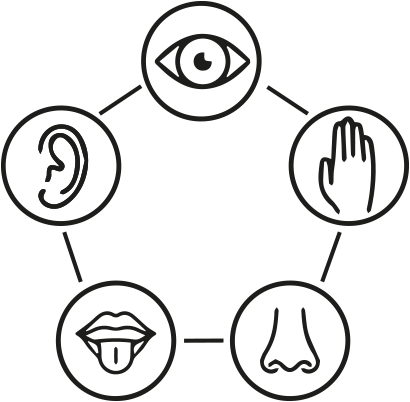Diary Notations
| Diary Notations
By Ike Kamphof MA in Media Studies: Digital Cultures |
| Objective statement / Intended effect of the tool
Template researching Lived Experience, by Phenomenological (self) observation
Reductions:
Intentionality: How are you directed at the object? (In case of interactive objects, what is the main script: What does it make you do? How does it invite/inhibit actions?) Possiblilize: to find the invariant core of the phenomenon (What if…)
Space, Time, Body, Materiality, Relation, Mood…
In sum: What is the structure of this phenomenon? What is the experience of it like? |
Activity
|
| Course specific or not
Is originally designed for MA Media Studies: Digital Cultures but could be applied other courses when the aim is to learn noticing one’s sense experience and train observation skills. |
| Target group specific or not
Master’s students but might be possible with Bachelor’s too |
| When do you use it?
When training observation and writing skills |
| Why do you use it? (Pedagogical approach)
What is the structure of this phenomenon? What is the experience of it like? See objective statement |
| Additional biblio sources |
